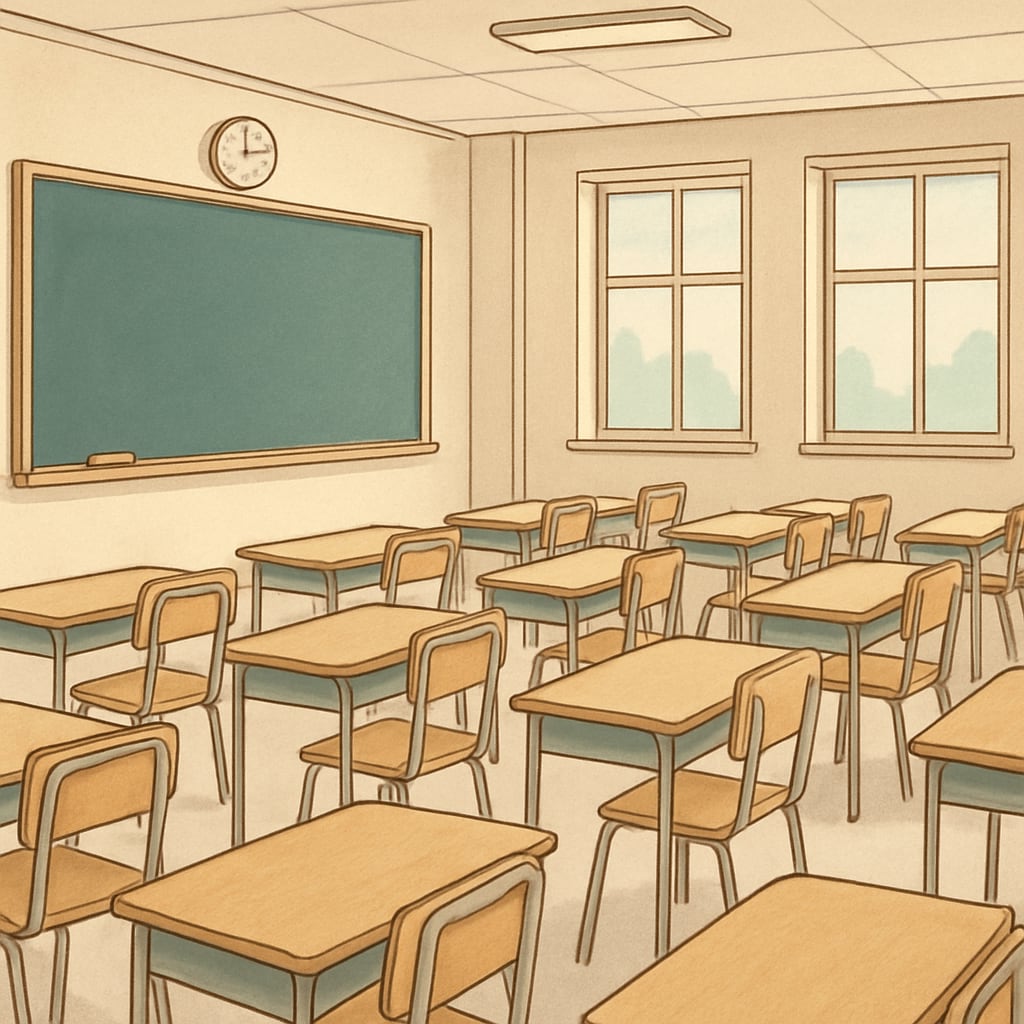At first glance, organizations like Stand For Children appear to be championing the cause of public education reform. Their initiatives often focus on restructuring systems and allocating resources more efficiently. However, a closer look reveals that these efforts are sometimes tied to the broader agenda of education privatization, leading to significant shifts in education funding that may weaken public schools. By leveraging legislation, these groups are reshaping the distribution of resources, which, in turn, could result in school closures, teacher layoffs, and diminished educational opportunities for students.
The Rise of Education Privatization Through Legislative Influence
Organizations like Stand For Children have increasingly used legislative platforms to advocate for changes in public education funding. While the stated goal is often to improve efficiency and accountability, the actual impact of these changes sometimes favors private interests over public ones. For example, legislation that redirects funds from public K-12 schools to charter schools or voucher programs can create a ripple effect, draining resources from traditional public schools.
According to a Britannica article on education systems, public schools rely heavily on consistent funding to maintain quality staff, programs, and facilities. When funds are siphoned off to private charter schools, public institutions often face financial strain, resulting in staff reductions and program eliminations.

How Resource Redistribution Impacts Public Schools
One of the most concerning outcomes of education privatization is the potential closure of public schools serving underprivileged communities. These schools often operate on tight budgets, and any reduction in funding can make it impossible for them to stay open. As a result, students are forced to travel further to attend school or enroll in less affordable private options.
Additionally, teachers—key stakeholders in the public education system—are directly affected. Layoffs and reduced budgets mean fewer resources for professional development and classroom materials. For example, a teacher in an underfunded school might struggle to provide basic supplies for their students, impacting the overall quality of education.

Why Protecting Public Education Matters
Public education serves as the backbone of equitable access to learning opportunities. Unlike private institutions, public schools are designed to accommodate students from diverse socio-economic backgrounds. When privatization initiatives erode these systems, the gap between privileged and underprivileged students widens, creating long-term societal inequities.
Organizations like Stand For Children may genuinely want to improve education, but their methods and legislative actions need close scrutiny. As citizens, it is critical to ensure that reforms do not come at the expense of public education’s integrity. Advocacy groups, educators, and policymakers must work together to protect public schools from financial destabilization.
In summary:
- Education privatization often redistributes funds away from public schools.
- The impact includes school closures, teacher layoffs, and reduced educational access.
- Protecting public education is essential for maintaining equity and opportunity.
To explore more about the global education system, visit Education on Wikipedia.


